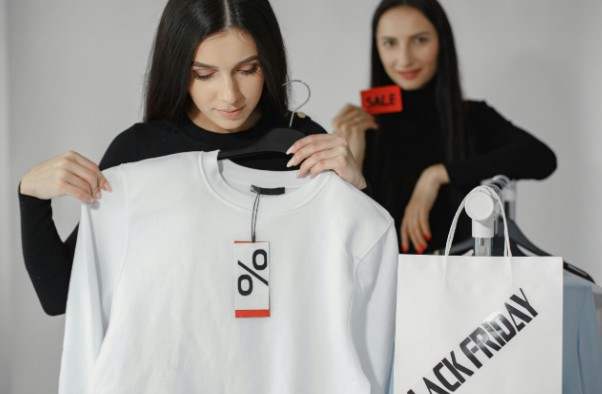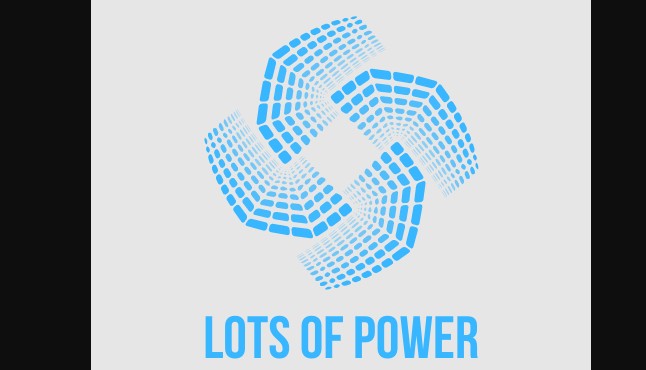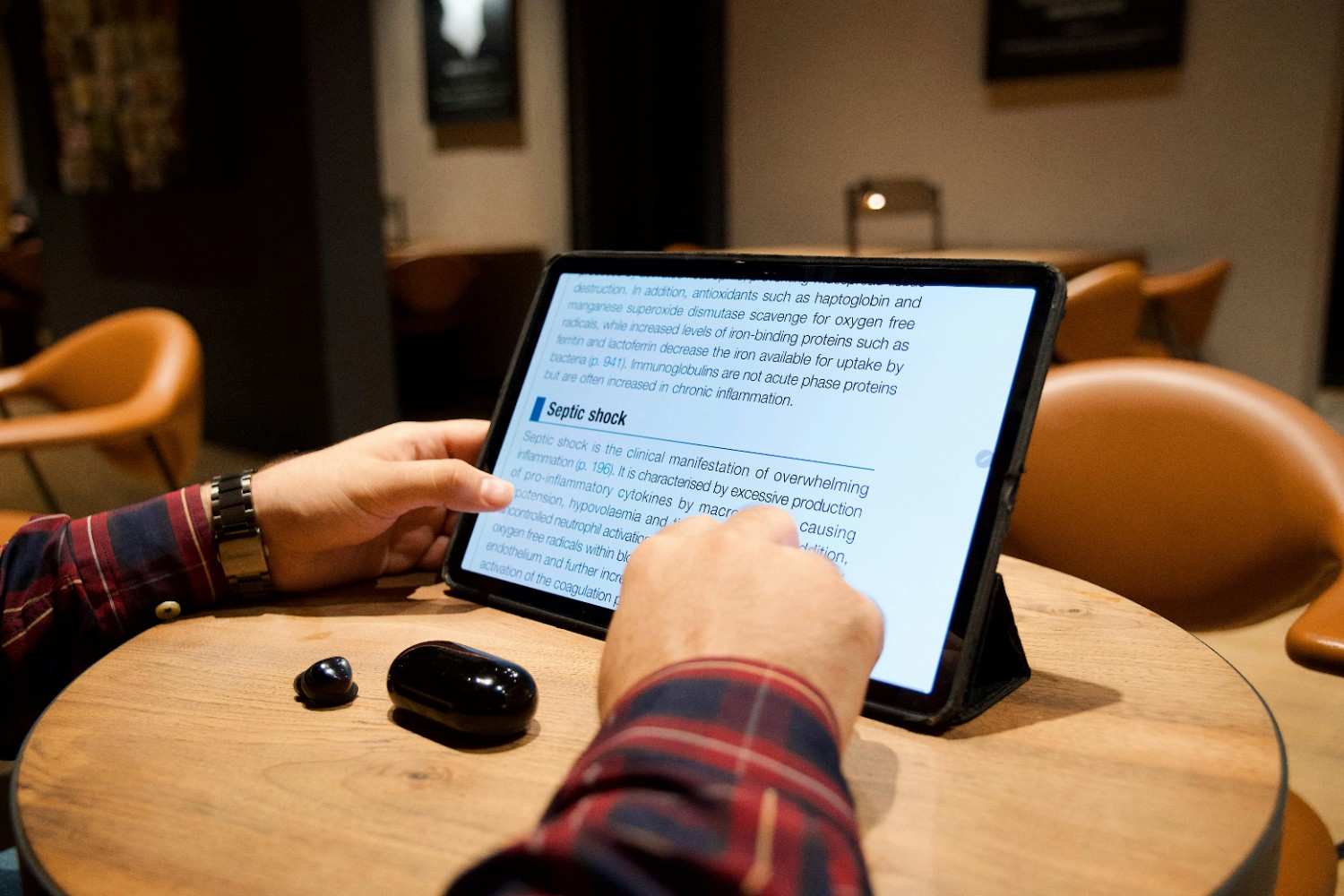
Does Target Do Price Adjustments?
Yes, Target does offer price adjustments—but only under specific conditions. If you buy something and then notice that same item listed for a lower price on Target.com, Amazon, or Walmart within 14 days, you can request a refund of the difference. The catch? The item must be identical and in stock, and you’ll need to show proof like a current online listing or printed ad.
As someone who loves a good deal (and hates buyer’s remorse), I’ve used this policy multiple times to get money back—sometimes without even stepping foot in the store again.
Whether you’re shopping in-person or online, understanding how this price match policy works can save you real money with minimal effort.
In this guide, I’ll walk you through the fine print, show you real-life examples, and even compare Target’s policy to Walmart and Amazon. Let’s dive in and make every dollar count.
What Is Target’s Price Match Policy?
Target’s Price Match Guarantee (also referred to as a price adjustment policy) allows guests who purchase an item to receive a refund of the price difference if they find the identical item advertised for a lower price by Target.com, Amazon, or Walmart within 14 days of purchase. The policy applies to both in‑store and online purchases, though online requests go through Target.com Guest Services.
Why Does Price Matching at Target Matter?
In an era dominated by online price competition, Target’s policy provides transparency and an incentive to buy from them first—especially given the option to get a retroactive refund if the price drops.

It builds trust and helps Target compete effectively against Amazon and Walmart, reinforcing customer retention and loyalty. Customers feel empowered knowing they don’t overpay even if prices fluctuate soon after their purchase.
How Does Target’s Current Price Match Policy Work?
-
Timeframe: Requests must be made at the time of purchase or within 14 days after the purchase date.
-
Where to Request:
-
In-store purchases: Present proof (digital ad, competitor’s website price) at Guest Services or the register.
-
Online orders: Call Target.com Guest Services at 1‑800‑591‑3869 or initiate chat via Contact Us.
-
-
Proof Required: Original receipt (print or digital) plus the lower price reference in real time. Screenshots may not be accepted—Target prefers the official site or printed ads.
What Are the Key Requirements for Price Matching at Target?
To qualify for a match or adjustment, the following conditions must be met:
-
Identical Item: Exact match on brand, size, weight, color, quantity, model number or UPC.
-
Sold & Fulfilled by the Eligible Seller: The item must be sold directly by Amazon or Walmart—not third-party marketplace sellers—and be in stock at the time of the request.
-
Price is Public and Current: Must be publicly visible on the competitor’s site (no member-only or hidden discounts).
-
Availability in Region: Items sold by online competitors are not eligible in Alaska or Hawaii stores.
Which Products and Sellers Are Eligible for Target’s Price Match?
-
Competitors Included: As of 2025, Target matches prices only from Target.com, Amazon.com, and Walmart.com.
-
Excluded Sellers: Items from Target Plus™ partners, marketplace sellers (even on Amazon or Walmart), and third-party listings are ineligible.
-
Other Exclusions: Doorbusters, lightning deals (like Amazon Prime Day exclusive), clearance or refurbished items, bundle promotions, and items with typographical error pricing are excluded.
How Does Target’s Price Match Work in Real‑Life Situations?
Here’s a realistic scenario:
You buy a kitchen blender in-store at Target on July 1, 2025. On July 8, you notice the same blender priced lower on Amazon (fulfilled by Amazon). You open the Amazon listing on your phone and show it at the register/convenience desk.
You must bring your receipt and confirm the item is identical, in stock, and sold by Amazon itself—not a third‑party seller. If approved, Target refunds the difference to your original payment method .
Another example: You order a speaker via Target.com. Within 14 days, the price drops on Walmart.com. You call Target Guest Services with your order number and link to the Walmart listing. They verify and issue you a refund of the price difference .
What Items and Scenarios Are Excluded from Target’s Price Match?
Target’s policy includes a comprehensive exclusions list:
-
Marketplace items: Any product sold by third-party sellers on Amazon or Walmart.
-
Target Plus™ partner products: Special listings on Target.com.
-
Target Circle Deals or coupons: Cannot be combined with price match
<unlessmanufacturer coupon for in-store only>`. -
Doorbusters, flash sales, lightning deals, or member‑only pricing.
-
Clearance, refurbished, damage, open‑box or close‑out items.
-
Items bundled with a gift card or promotional offers.
-
Competitor prices that are not current or public (e.g., hidden discounts or login‑only pricing).
Wildcard scenario: some TikTok users suggested that during big promotions (e.g. free gift card with tech purchase), policy enforcement varies. Former employees have noted exceptions or discretionary adjustments, though they are not official policy.
What Is the Step‑by‑Step Process for Requesting a Price Match at Target?
In‑Store Purchase
-
Buy your item and retain your receipt (physical or digital).
-
Find the lower price on Target.com, Amazon, or Walmart (ensure product is identical and in stock).
-
Have proof ready: digital listing (live website) or print ad.
-
Go to Guest Services or ask at checkout.
-
Present your receipt and proof; request the price match.
-
If approved, receive refund to original payment. Store credit sometimes used if original payment method is unavailable.
Online Purchase
-
Order via Target.com or Target app.
-
Within 14 days, locate a lower price at one of the eligible competitors.
-
Call 1‑800‑591‑3869 or start an online chat via Target.com “Contact Us”.
-
Provide order number and proof of the lower price.
-
After verification, Target issues refund to your payment method.
Can You Use Coupons and Get Additional Discounts with Target’s Price Match?
This is where it gets a bit tricky. Target does not allow stacking of additional discounts or Target Circle offers on top of a price match. According to their policy:
-
Manufacturer coupons may still be used after a price match, but not store coupons or gift card promotions.
-
If an item is part of a promotion (e.g., “Buy 2, Get a $5 Gift Card”), you must choose either the price match or the promo, not both.
-
Price matches do not apply to clearance, bundle pricing, or cartwheel percentage-off deals.
So, while you can occasionally combine manufacturer coupons, the real value is getting the lower base price—just don’t expect double-dipping.
How Does Target’s Price Matching Compare to Walmart and Amazon?
Let’s break it down:
| Feature | Target | Walmart | Amazon |
|---|---|---|---|
| Price Match Window | 14 days after purchase | No post-purchase match | No price match or post-purchase policy |
| Eligible Competitors | Target.com, Amazon, Walmart | Online price matches only from Walmart.com | N/A |
| In-Store Match | Yes | Yes | N/A |
| Third-Party Sellers Allowed? | No | No | N/A |
| Receipt Required? | Yes | Yes | N/A |
| Promotions Allowed with Match | Limited (no stacking with gift cards) | No stacking allowed | N/A |
Verdict: Target offers the most generous post-purchase match, while Walmart only matches at the time of purchase, and Amazon offers no match at all.
What Are the Common Mistakes to Avoid When Using Target’s Price Match?
Here are the mistakes shoppers often make:
-
Waiting too long: Remember, the window is only 14 days—no exceptions.
-
Not verifying item identity: Even small differences in model number or color disqualify your match.
-
Using screenshots or expired prices: Target requires real-time proof—they’ll look up the item directly.
-
Expecting match on third-party items: If it says “Sold by BestDeals123” on Amazon, it’s ineligible.
-
Trying to stack Target Circle or promo offers: You must choose between the price match or the offer.
-
Assuming employees always know the policy: Be polite, show the policy on your phone from https://www.target.com/help.
How Can E-Commerce Owners Leverage Target’s Price Matching Like Pros?
Online sellers and DTC brands can study Target’s pricing model to sharpen their own strategies:
-
Benchmarking: Use Target’s listed prices to benchmark your own for competitiveness.
-
Psychological Pricing: Target often matches within cents of Amazon’s pricing—small adjustments matter.
-
Customer Retention Tools: If you sell online, offering your own “14-day price protection” could increase buyer trust.
-
Price Match as a Sales Closer: Use “price match guarantee” messaging to reduce cart abandonment and showcase transparency.
For omnichannel sellers, monitoring how Target adjusts prices during events (e.g., Black Friday, back-to-school) can inform smarter timing for promotions.
How Do Tools Like Priceva Help Retailers Optimize Price Matching?
Priceva, a price intelligence tool, tracks real-time prices across retailers, including Target, and enables sellers to:
-
Automatically monitor competitor pricing for identical SKUs
-
Trigger alerts when prices drop below your threshold
-
Analyze trends during promotional periods
-
Identify price anomalies that break policy (like third-party inflated pricing)
Retailers using Priceva can automate pricing strategies to stay within MAP (minimum advertised price) guidelines, respond to price drops faster, and decide when to adjust or hold firm.
For consumers, third-party extensions like Honey or CamelCamelCamel can alert you to price drops on Amazon, which you can then use for a price match at Target if eligible.
Are There Regional or Geographic Limits to Target’s Price Match Policy?
Yes, there are a few important limitations based on location:
-
Alaska and Hawaii stores may have different eligibility, especially for items sold online by Amazon or Walmart.
-
Territorial exclusions apply—Target will not price match items delivered to Puerto Rico or U.S. territories.
-
Prices listed on international versions of Amazon (e.g., Amazon.ca or Amazon.co.uk) are not eligible.
-
Some urban Target stores may adjust enforcement based on local inventory constraints, especially for high-theft or low-stock items.
Bottom line: Always check Target’s official policy if you’re shopping outside the continental U.S.
What Is the Strategic Business Impact of Target’s Price Match Policy?
From a business lens, Target’s price match policy:
-
Increases consumer trust during fluctuating retail seasons
-
Reduces returns—if customers can get a refund of the difference, they don’t need to send the item back
-
Encourages speedier purchase decisions, knowing the price is protected
-
Strengthens their competitive moat against Amazon and Walmart, especially for in-store buyers
-
Boosts store loyalty—many shoppers prefer Target’s aesthetic and experience, and the price match ensures it’s also competitive
Interestingly, Target often uses localized dynamic pricing (prices vary by ZIP code or region), and price matching helps smooth out price discrepancies between digital and physical channels.
What Are the Future Trends and Industry Implications of Retail Price Matching?
Price matching will likely evolve in these key ways:
-
AI-Powered Dynamic Matching: Expect real-time price matching powered by machine learning at the point of sale.
-
Universal Match Programs: Retailers may expand eligible competitors or offer matching across more platforms, including specialty stores.
-
Integration with Loyalty Apps: Price match guarantees may tie into apps like Target Circle to issue automatic credits.
-
Transparency as a Value Proposition: As consumers grow more price-savvy, brands that openly promise price fairness will thrive.
-
Eco Impact Consideration: Instead of return-and-rebuy, price adjustments reduce waste and carbon footprints—important for eco-conscious brands.
For now, Target remains one of the few major U.S. retailers offering a clear and post-purchase price match process that doesn’t require jumping through hoops.
Final Thoughts: Use Target’s Policy to Your Advantage
If you’re wondering “does Target do price adjustments?”—now you know they absolutely do, and it’s one of the most consumer-friendly policies in retail. Just follow the rules, act within 14 days, and make sure your proof matches all the fine print.
Whether you’re a budget-savvy shopper, a resale flipper, or just curious about the competition—this policy is worth knowing and using.
FAQs
How long do I have to request a price adjustment at Target?
You have up to 14 days from the original purchase date to request a price adjustment at Target.
Can I price match with third-party sellers on Amazon or Walmart?
No. Target will only price match items sold and fulfilled by Amazon or Walmart—not by third-party sellers on those platforms.
Can I still use coupons with a price match?
You can use manufacturer coupons, but you cannot stack Target Circle deals, store coupons, or gift card promotions with a price match.
What proof do I need to request a price adjustment at Target?
You’ll need a valid receipt and proof of the lower price (such as a live online listing or printed ad) at the time of your request.
Does Target price match items from Target Plus™ partners?
No. Items sold by Target Plus™ partners on Target.com are not eligible for price match or adjustment.
Does Target offer price match after purchase?
Yes, Target is one of the few major retailers that offer post-purchase price matching—within 14 days of your purchase.
Can I request a Target price adjustment online?
Yes. For online orders, call 1-800-591-3869 or use Target’s online chat feature to request a price match.





